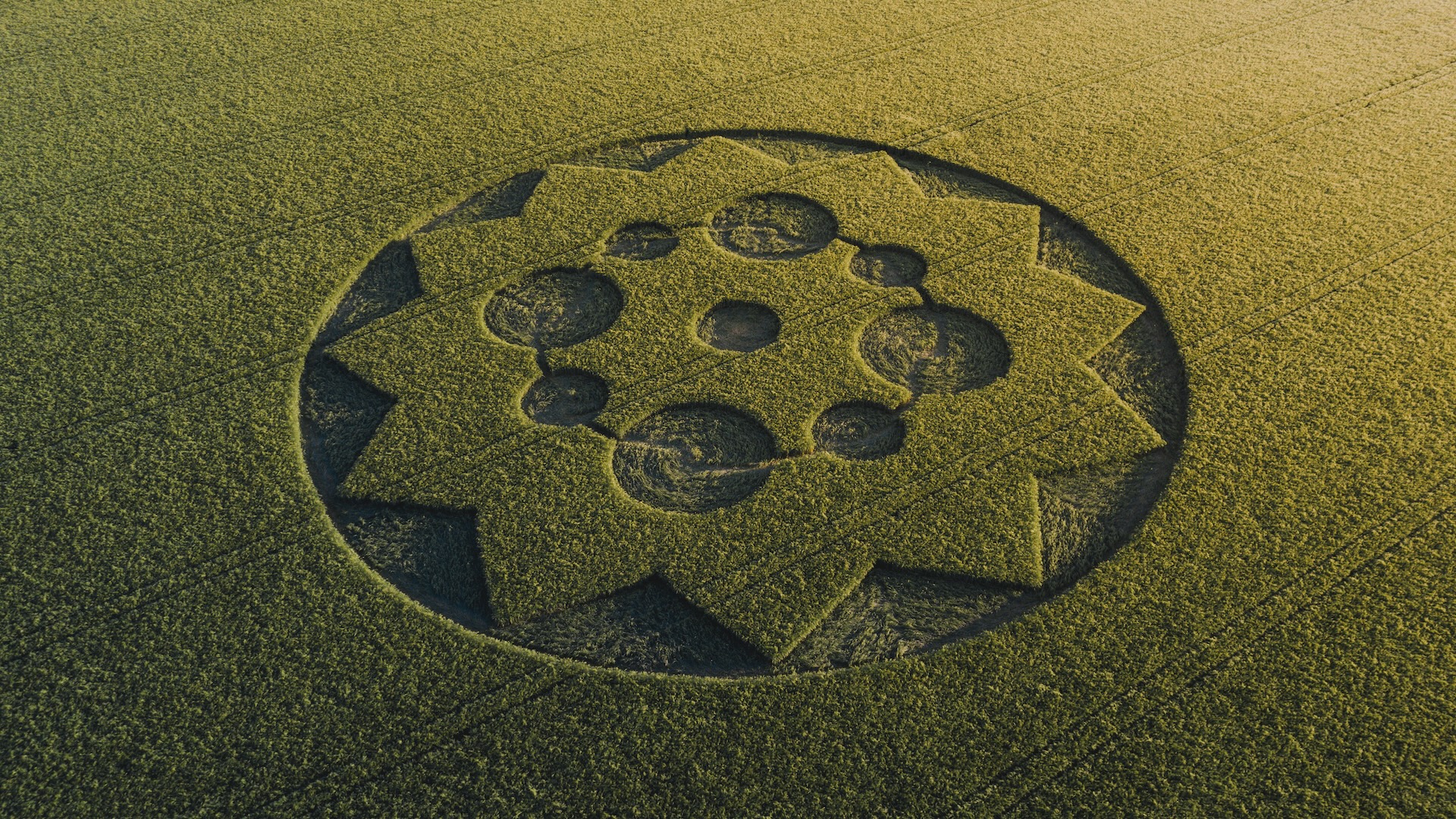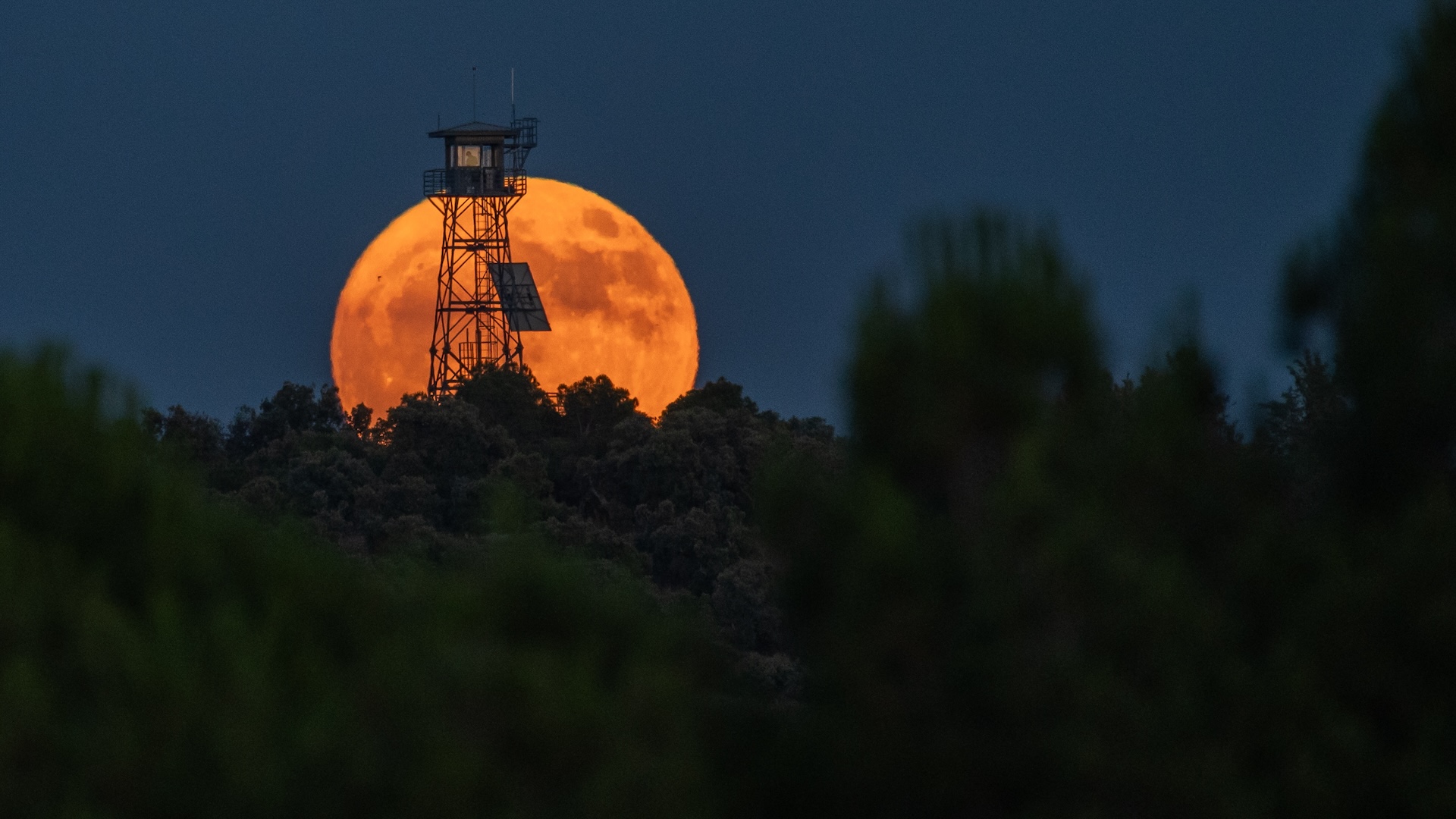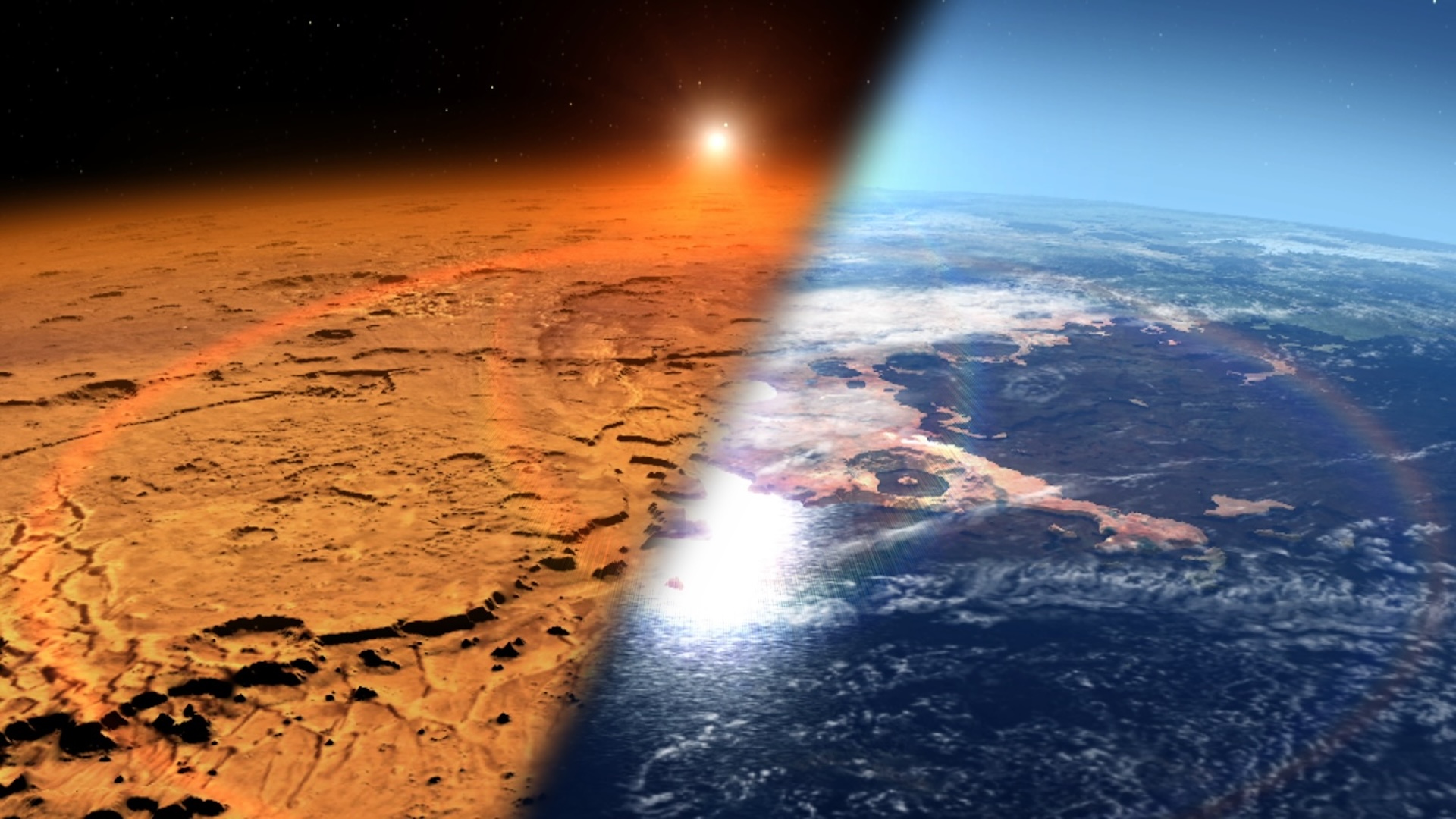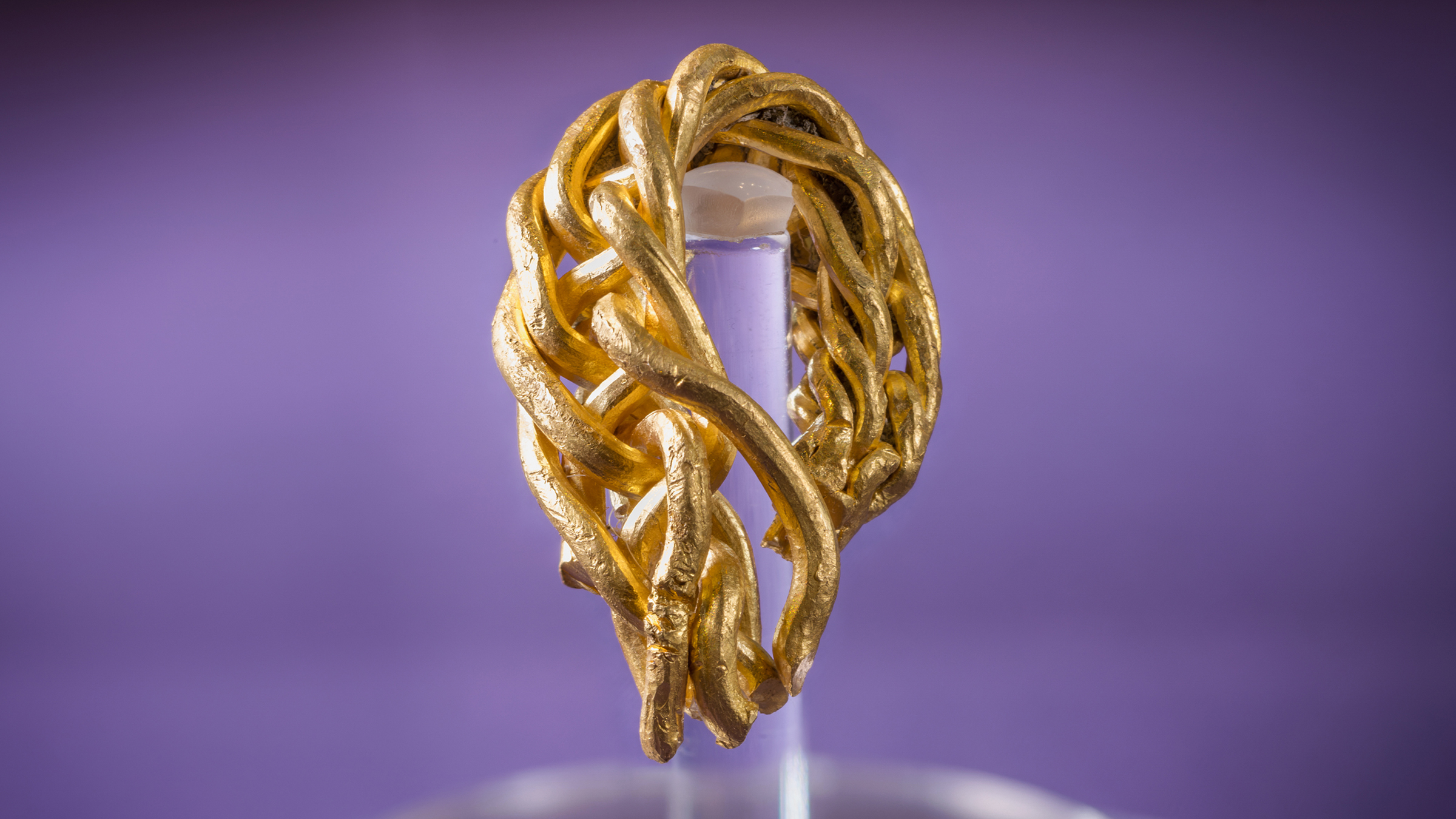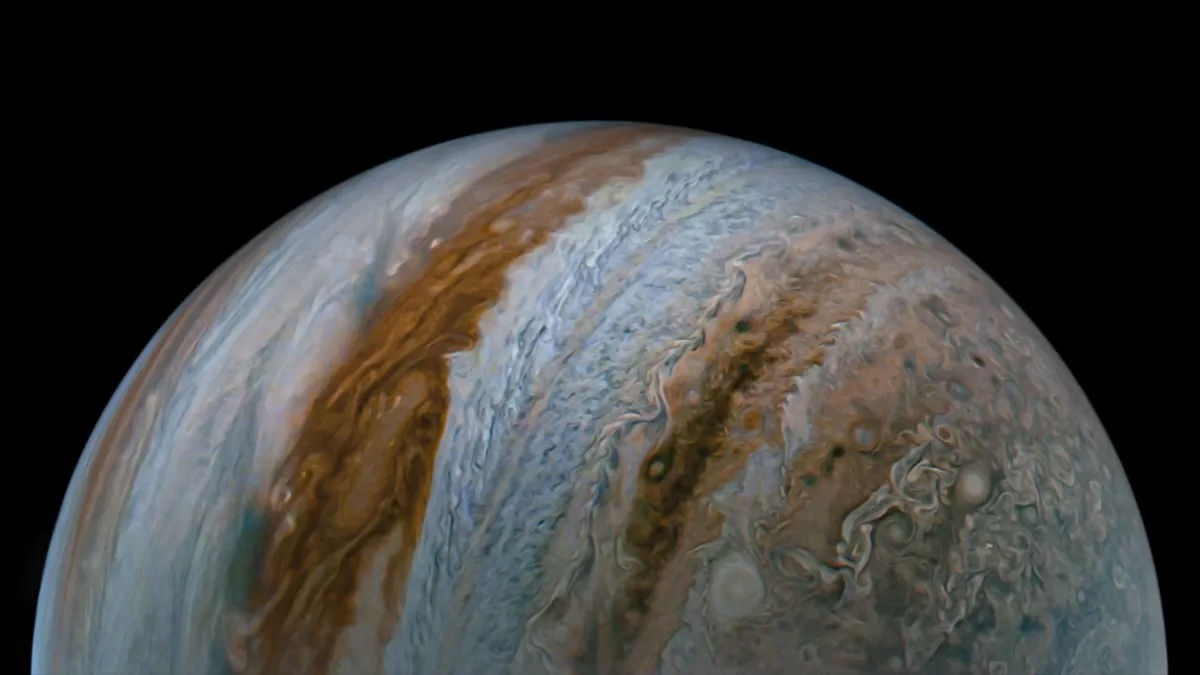Stargazers, get ready for some low-hanging fruit: The full Strawberry Moon is about to rise!
In addition to being the final full moon of spring in the Northern Hemisphere, June’s Strawberry Moon will be the lowest full moon of the year as seen from north of the equator, as well as one of the farthest from the sun.
The moon will become full at 3:45 a.m. EDT Wednesday (June 11), but because that’s so early in the day, the best time to see it will be Tuesday (June 10) evening, when it rises during dusk. As you watch the moon appear, look to its upper right to spot Antares, a bright star 550 light-years away, in the constellation Scorpius.
June’s full moon is always one of the lowest-hanging of the year, as seen from the Northern Hemisphere. That’s because a full moon is, by definition, opposite the sun, so it mirrors our star’s position in the sky. Because the summer solstice occurs on the night of June 20 (or June 21 GMT), when the sun is as high in the sky as it can get, the closest full moon is the lowest of the year. That means it will rise during dusk in the southeastern sky; drift across the southern sky, never getting too far above the southern horizon; and set in the southwest at dawn.
The Strawberry Moon is one of the farthest full moons from the sun simply because Earth’s orbit of the sun is slightly elliptical. That means there’s a closest point and a farthest point in its orbit. The farthest point, called aphelion, occurs on July 3 this year. Because a full moon is opposite the sun, this is when the moon is at its farthest from the sun all year. June’s full moon will be approximately 94,600 miles (152,200 kilometers) from the sun.
The Strawberry Moon is named for the wild strawberries that ripen in some areas of the Northern Hemisphere this month, according to Timeanddate.com. Other Native American names for this month’s full moon include the Berries Ripen Moon, Green Corn Moon, Hot Moon and Blooming Moon. English names include the Flower Moon, Planting Moon and Mead Moon, while some Celtic names for it are the Horse Moon, Dyan Moon and Rose Moon.


